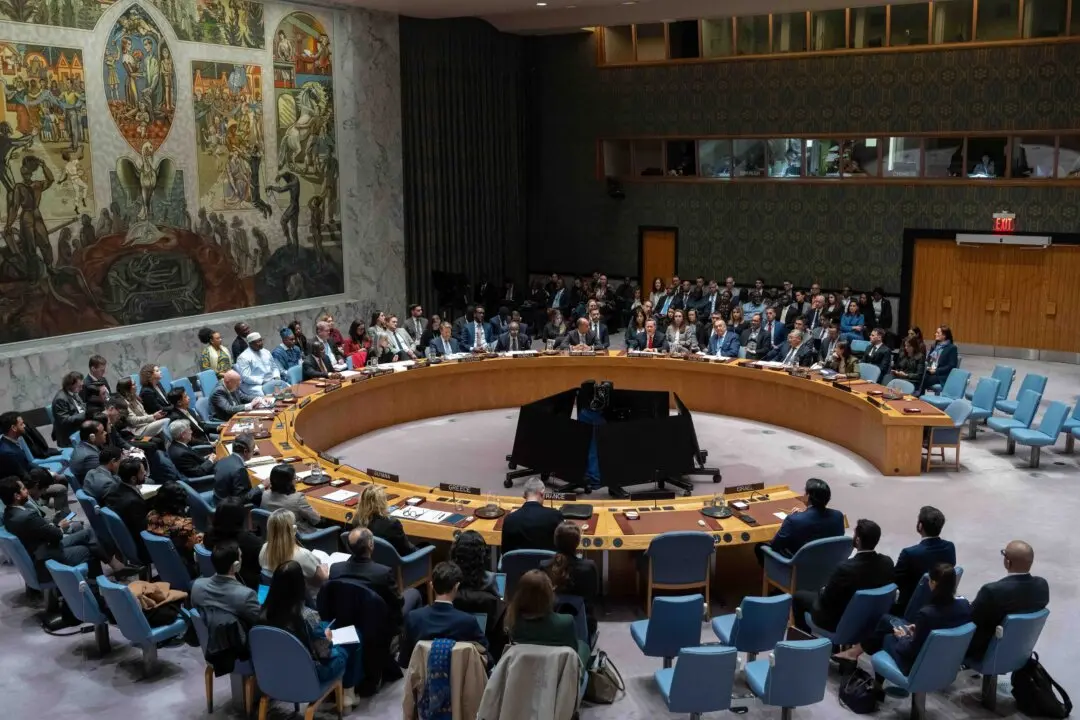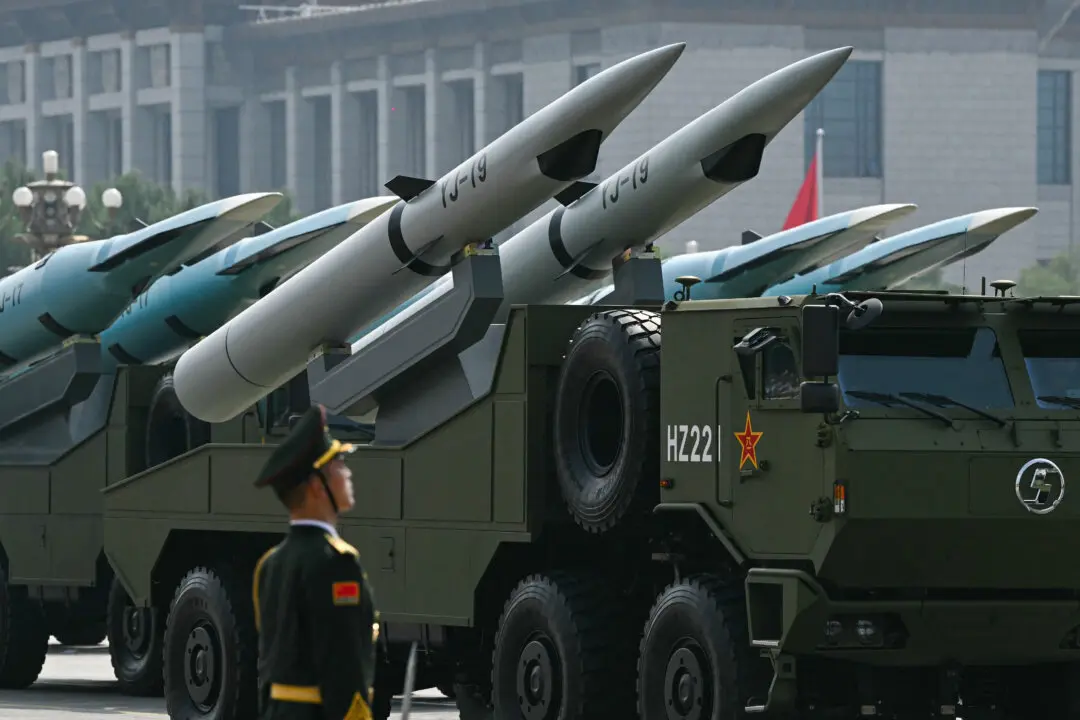The annual growth of regular pay has outpaced inflation for the first time in almost two years, according to official estimates published on Tuesday.
The Office for National Statistics (ONS) said the average weekly wages during June to August has grown by 1.1 percent in real terms compared to the same period last year.





